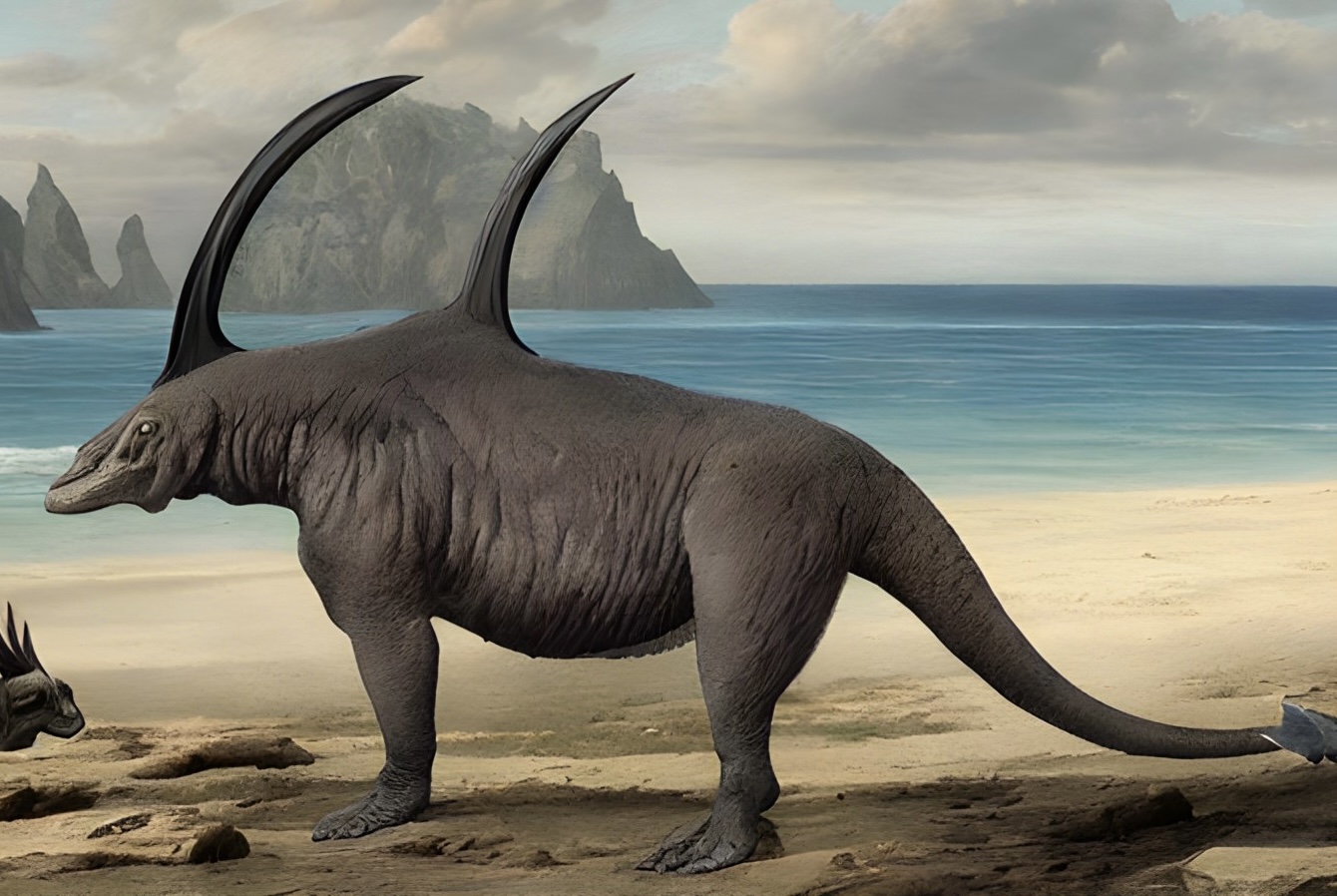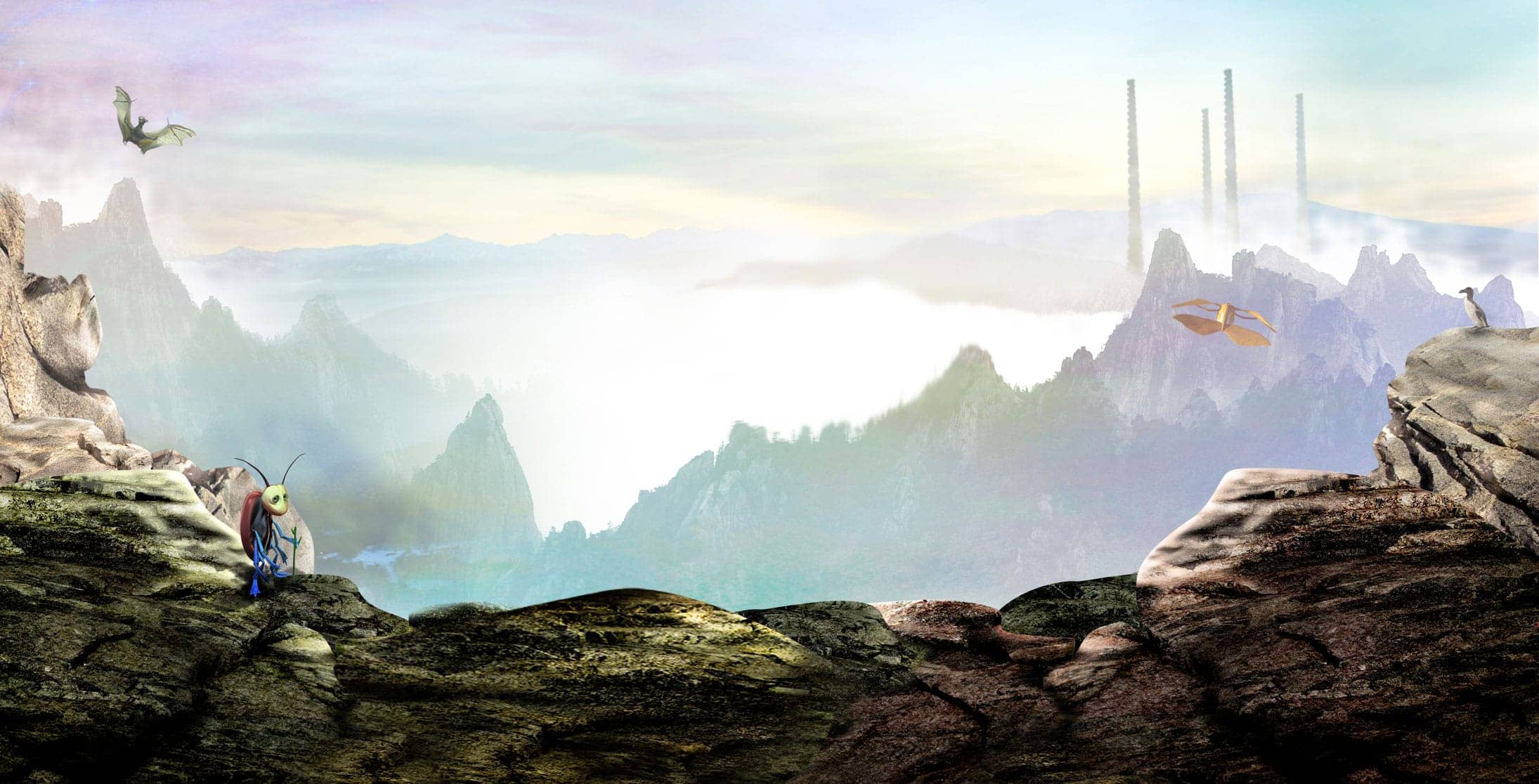You’ll all have heard of AI by now. Many parents and teachers are wrestling with the issues it creates for learning and being able to spot its work. So, we asked Chat GPT to invent an extinct animal for us, and with only a few prompts from us, and this is what it came up with.
Can a robot invent creatures from the past
Have a look below. Pretty impressive I’m sure you’d agree, but maybe lacking sparkle? Competent but a little too obvious? Whatever you may think, AI is here and it’s getting better every day. It’s going to have to be embraced… along with its invention, the Trillora…
invention, the Trillora…
“Meet the Trillora, a majestic creature that once roamed the forests of the ancient continent of Pangaea. The Trillora was a herbivore, with a height of approximately 6 feet at the shoulder, and a length of around 15 feet from nose to tail. Its most striking feature was its long, horns that grew out of its back up to 4 feet in length. These horns were used by the Trillora during mating rituals and to defend themselves from predators.
“The Trillora lived during the Late Triassic period, approximately 200 million years ago. It was a peaceful creature that lived in large herds, grazing on the abundant vegetation that covered the land. However, its peaceful existence was short-lived.
“As the climate of the planet changed, the lush forests that the Trillora called home began to dry up, and the vegetation became scarce. The Trillora were forced to migrate to new areas in search of food and water. However, this was not an easy task, as their large size made them vulnerable to predators, such as the newly evolved carnivorous dinosaurs.
“Despite their best efforts to adapt, the Trillora slowly began to decline in numbers. The final blow came when a massive volcanic eruption occurred, causing widespread destruction and devastation. The Trillora, along with many other species, could not survive the aftermath of the disaster.
“Fast forward to today, and the planet could do with the Trillora’s unique gifts. The Trillora’s horns had the ability to absorb and store large amounts of carbon dioxide from the atmosphere. This would have been a vital tool in combatting the effects of climate change, as the Trillora could have played a key role in reducing the amount of greenhouse gases in the atmosphere.
“Furthermore, the Trillora’s large size and gentle nature would have made them excellent candidates for rewilding projects. These projects aim to reintroduce extinct or endangered species to areas where they once lived, helping to restore ecosystems and promote biodiversity.
“Although the Trillora is now extinct, its legacy lives on. It serves as a reminder of the importance of protecting our planet’s biodiversity and the delicate balance of nature. By learning from the mistakes of the past and taking action to protect our planet, we can ensure that future generations will be able to enjoy the beauty and wonder of the natural world.”
Real Stories with Real Heart
You can hear all of Rockford’s Rock Opera’s amazing audio stories on our website and streaming services.
The first adventure, ‘Lost on Infinity’, is also available over 4 apps with illustrations and animation on Apple App Store and Google Play Store (No In-App Purchases and No Ads!)
LIMITED TIME OFFER:
All 4 Apps are currently FREE in the Apple App Store and Google Play!
Download our FREE lesson plans and slides about Extinction and Biomimicry, themes in our stories.
Packed with real and imagined animals, our stories at 100% AI free.

